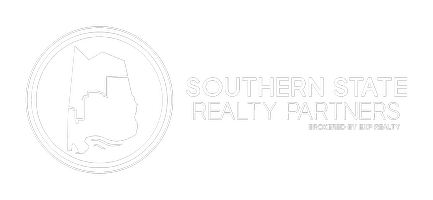Your Questions Answered
1. What is the first step in the home buying process?
Getting pre-approved for a mortgage is the first step in the home buying process. Getting a pre-approval letter from a lender gets the ball rolling in the right direction.
First, you need to know how much you can borrow. Knowing how much home you can afford narrows down online home searching to suitable properties, thus no time is wasted considering homes that are not within your budget.
Second, the loan estimate from your lender will show how much money is required for the down payment and closing costs. You may need more time to save up money, liquidate other assets, or seek mortgage gift funds from family.
Finally, being pre-approved for a mortgage demonstrates that you are a serious buyer to both your real estate agent and the person selling their home.
Looking for a mortgage lender? We highly recommend Weber Mortgage.
2. What is a seller’s market?
In sellers’ markets, increasing demand for homes drives up prices. Here are some of the drivers of demand:
Economic factors – the local labor market heats up, bringing an inflow of new residents and pushing up home prices before more inventory can be built.
Interest rates trending downward – improves home affordability, creating more buyer interest, particularly for first time home buyers who can afford bigger homes as the cost of money goes lower.
A short-term spike in interest rates – may compel “on the fence” buyers to make a purchase if they believe the upward trend will continue. Buyers want to make a move before their purchasing power (the amount they can borrow) gets eroded.
Low inventory – fewer homes on the market because of a lack of new construction. Prices for existing homes may go up because there are fewer units available.
3. What is a buyer’s market?
A buyer’s market is characterized by declining home prices and reduced demand. Several factors may affect long-term and short-term buyer demand like:
Economic disruption – a big employer shuts down operations, laying off their workforce.
Interest rates trending higher – the amount of money people can borrow to buy a home is reduced because the cost of money is higher, thus reducing the total number of potential buyers in the market. Home prices drop to meet the level of demand and buyers find better deals.
Short-term drop in interest rates – can give borrowers a temporary edge with more purchasing power before home prices can react to the recent interest rate changes.
High inventory – a new subdivision can create downward pressure on prices of older homes nearby, particularly if they lack highly desirable features (modern appliances, etc.)
Natural disasters – a recent earthquake or flooding can tank property values in the neighborhood where those disruptions occurred.
4. What kind of credit score do I need to buy a home?
Most loan programs require a FICO score of 620 or better. Borrowers with higher credit scores represent less risk to the lender, often resulting in a lower down payment requirement and better interest rate. Conversely, home shoppers with lower credit scores may need to bring more money to the table (or accept a higher interest rate) to offset the lender’s risk.
5. How much do I need for a down payment?
While the broad down payment average is 11%, first-time homebuyers usually only put down 3 to 5% on a home. That’s because several first-time homebuyer programs don’t require big down payments. A longtime favorite, the FHA loan, requires 3.5% down. What’s more, some programs allow down payment contributions from family members in the form of a gift.
Some programs require even less. VA loans and USDA loans can be made with zero down. However, these programs are more restrictive. VA loans are only made to former or current military service members. USDA loans are only available to low to-middle income buyers in USDA-eligible rural areas.
For many years, conventional loans required a 20% down payment. These types of loans were typically taken out by repeat buyers who could use equity from their existing home as a source of down payment funds. However, some newer conventional loan programs are available with 3% down if the borrower carries private mortgage insurance (PMI).
Categories
Recent Posts











